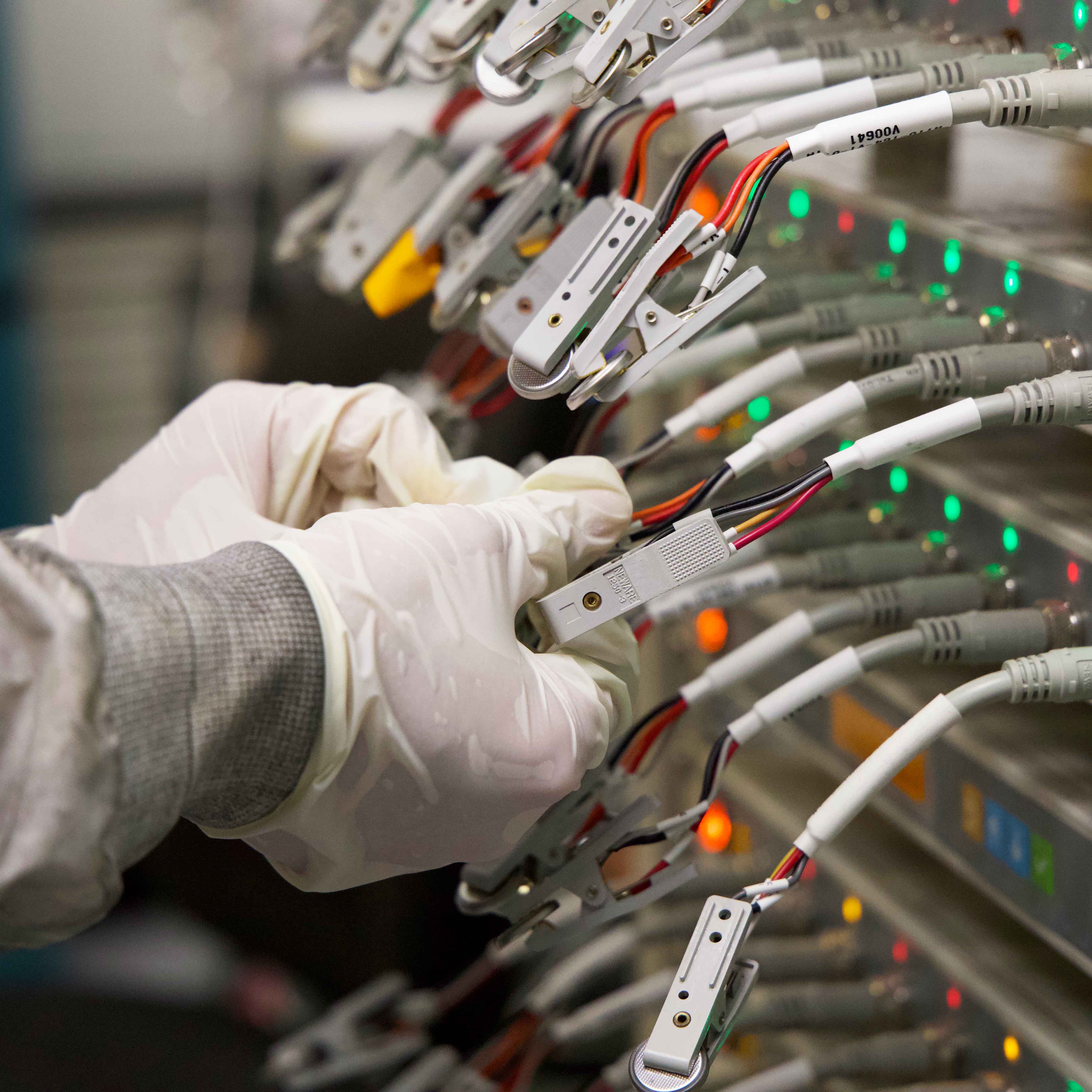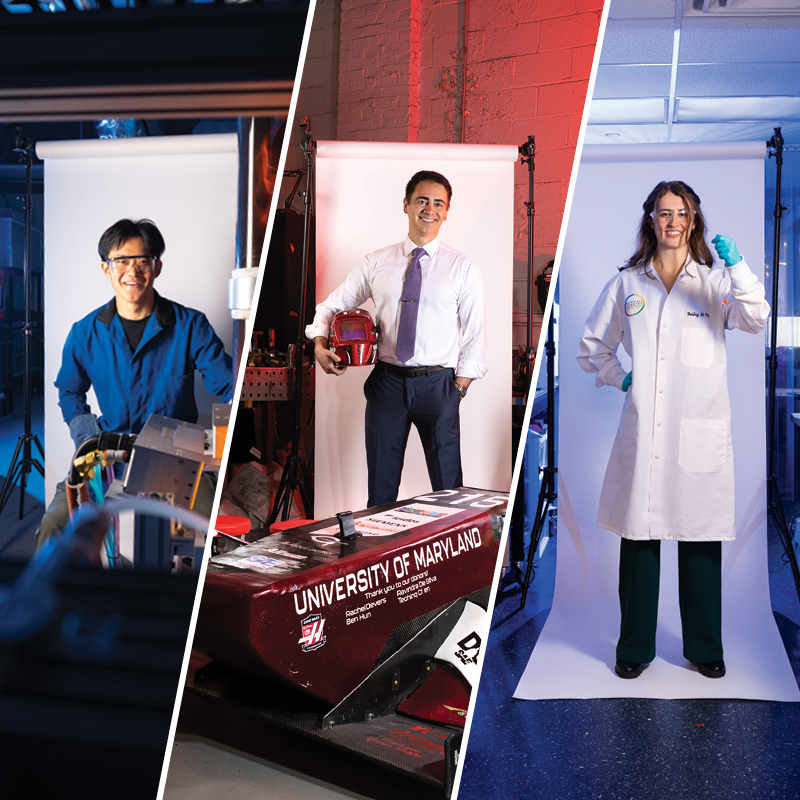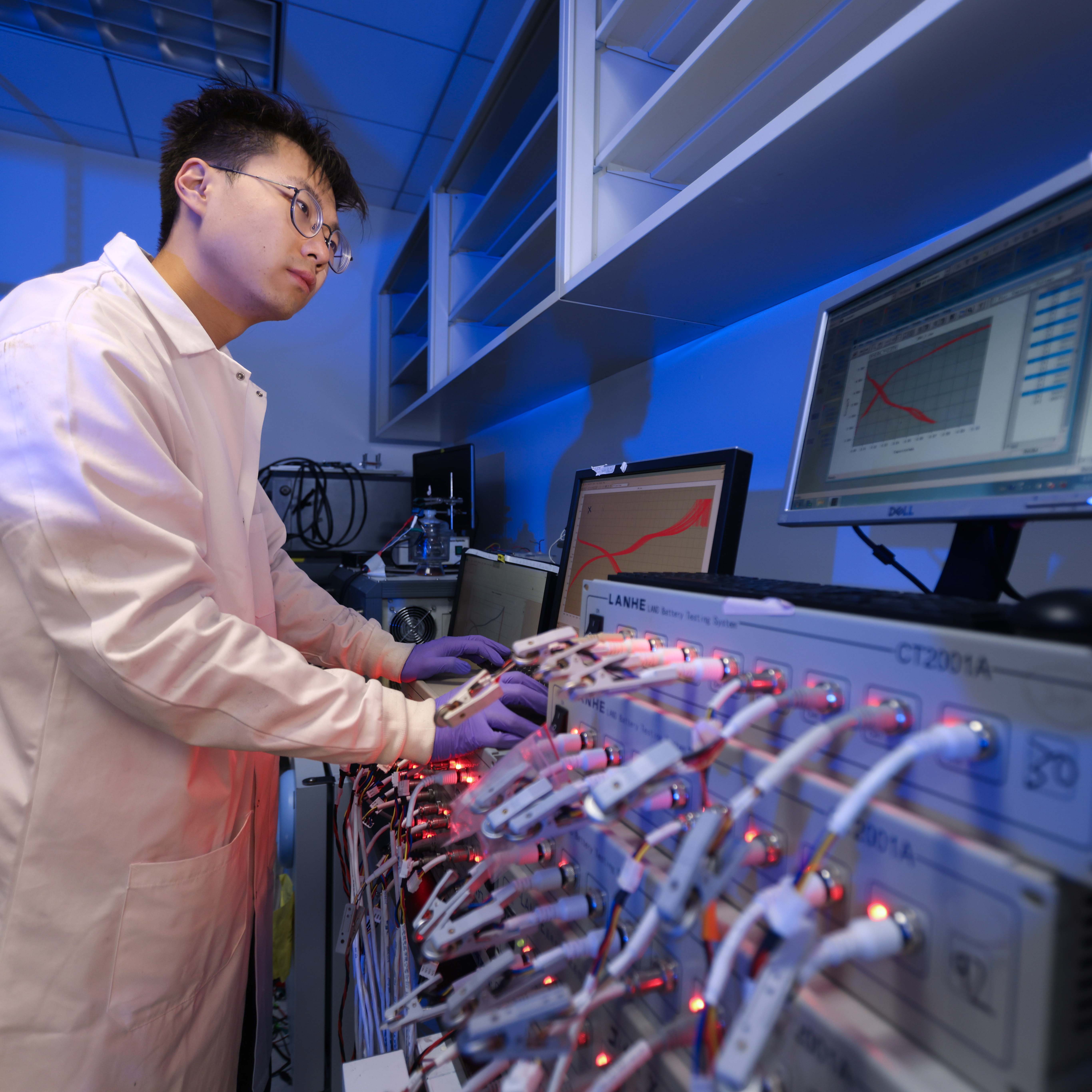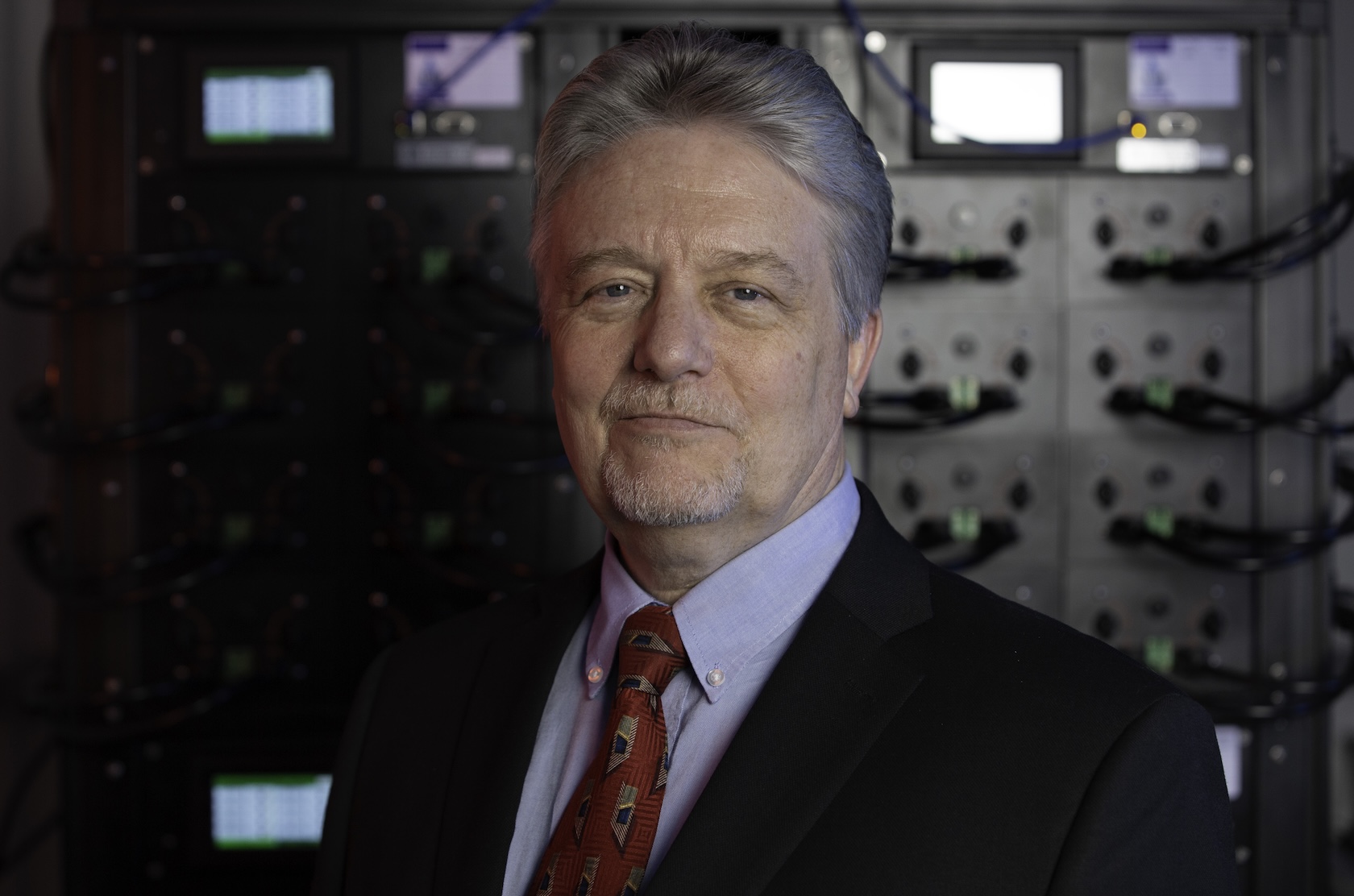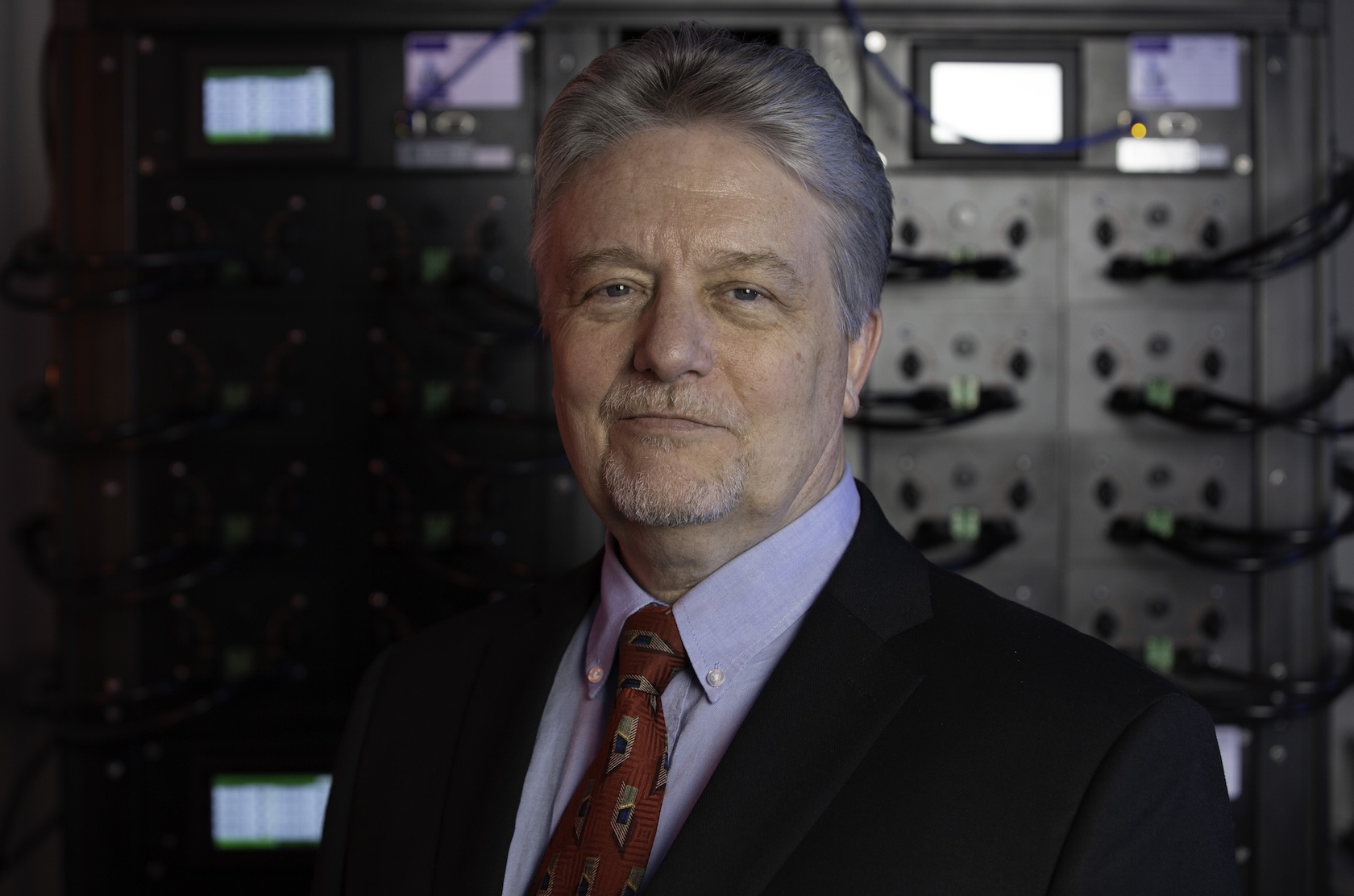News Story
Wang, Alumnus Publish Work on Enzyme-Immobilization
Chemical and Biomolecular Engineering Professor Nam Sun Wang, along with alumnus Allan David (Ph.D. '04) and colleagues Victor Yang (University of Michigan) and Arthur Yang (Industrial Science and Technology Network, York, PA) have recently published a paper titled "Chemically surface modified gel (CSMG): An excellent enzyme-immobilization matrix for industrial processes" in the Journal of Biotechnology, 2006;125(3):395-407. The article was based in part on David's doctoral thesis work conducted in Wang's biochemical engineering lab. David currently holds a postdoc position with Victor Yang's laboratory at the University of Michigan, and is also employed by Industrial Science and Technology Network.
According to Wang, the article describes a method of densely immobilizing proteins and enzymes on a porous silica support. Enzymes are biological catalysts that are necessary in biotransformation reactions: they cause changes to occur, but are not consumed in the process. Depending the types of enzymes used, a wide variety of reactions are possible. For example, the enzyme invertase converts sucrose (table sugar) to glucose and fructose, which are used in the production of chocolate and soft drinks. Immobilizing enzymes within the reaction environment makes them available for repeated re-use, and keeps them from "getting loose" and contaminating the final products. This makes the overall process more economical and more efficient.
Typically, a substrate (reactant) solution enters a column packed with silica beads in which enzymes are immobilized. As the substrate passes through the column and comes into contact with the enzymes, reactions occur, and the final product emerges from the column. Wang, David and their colleagues improved on this process by using a special silica gel capable of retaining more of the catalyst enzymes in a smaller space.
Wang explained just one potential benefit and application of their findings: During surgery, patients are sometimes given heparin, blood-thinning drug used to prevent problem-causing clots. Once surgery is over, a protein called protamine is administered to neutralize the heparin and allow blood to once again coagulate. Unfortunately, some patients experience severe reactions to protamine. An enzyme called thermolysin can act as a catalyst to reduce the molecular weight of protamine, which in turn reduces or eliminates dangerous side-effects. Application of Wang et. al.'s findings would allow the creation of a small, economical and reusable cartridge packed with immoblized thermolysin that could be used to easily convert protamine to a lower molecular weight as it passes through before injection.
Based on this new protein/enzyme immobilization method, colleague Arthur Yang's company, Industrial Science and Technology Network, has recently been awarded an NIH SBIR grant to further develop the technology to address practical biomedical applications, including the protamine example.
Published January 9, 2007
